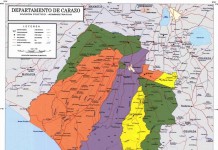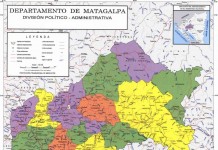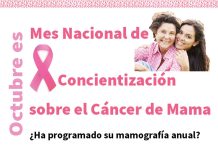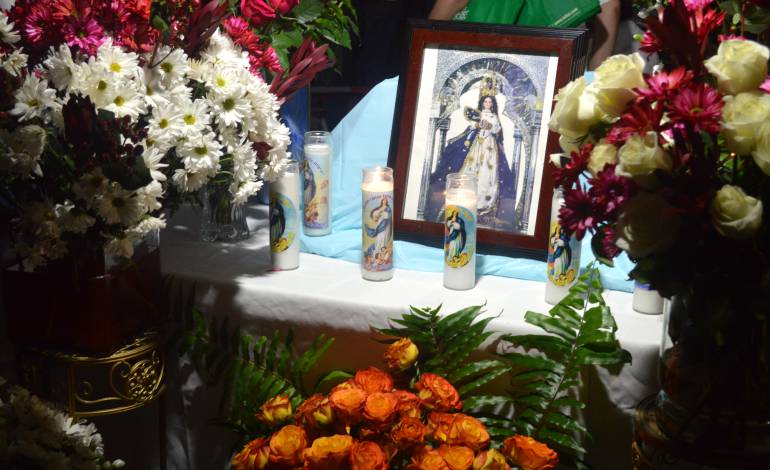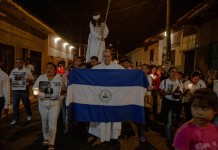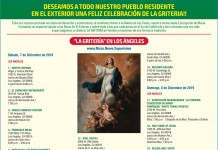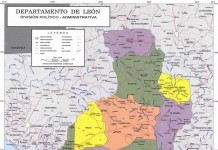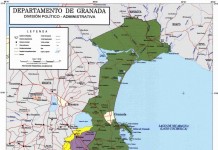What Is ‘La Purísima’?
11 Facts About Traditional Religious Celebration In Nicaragua
“La Purísima” is celebrated every year in Nicaragua in honor of the Virgin Mary.
December is filled with many celebrations in Nicaragua and we’re not only talking about Noche Buena and Año Nuevo. Though Christmas and New Years are wonderful holidays, December is also a month when Nicaragua celebrates one of its most widespread festivities called “La Purísima.”
“La Purísima” is a religious festivity that celebrates the purest conception of Virgin Mary. The Catholic celebration takes place at the end of November and runs until most of December. It’s celebrated with a “novena” (nine days of prayer and devotion) and “La Gritería” —a massive event held on December 7th in the streets of Nicaragua. During the novena and gritería, altars are built, singing occur and gifts are handed out. A similar celebration, but smaller, occurs in certain cities of Nicaragua on August 14th —it’s known as “La Gritería Chiquita.”
Here are 11 facts to know about “La Purísima” and “La Griteria.”
1) The purpose of the Purisimas is to show devotion and gratitude to the Virgin Mary.
2) During “La Gritería” on December 7th, people open their doors and set up altars in their houses.
3) Groups of people —locals and tourists alike— walk from house to house chanting “¿Quién causa tanta alegría?” The home owner then responds: “La Concepción de María!”
4) Home owners then give out treats, such as traditional food, candy, drinks or other items to those who chant at their altar. These treats are known as “la gorra.”
5) Aside the chant, people also sing traditional folk carols to the Virgin Mary.
6) Firecrackers explode during different times between December 7th and 8th —6 p.m., midnight, 6 a.m. and noon, to be exact.
7) Though this tradition is celebrated all over Nicaragua, many cities add their unique twist.
8) Leon, for example, includes the dance of “La Gigantona,” a gigantic doll that walks the streets and dances to the beat of drums and horns.
9) Granada, on the other hand, sets up their altars on the streets (not inside homes).
10) Catholics are not the only ones who participate in this tradition.
11) Purísimas are also celebrated in the exterior, including by Nicaraguans living in Miami and Los Angeles.
Courtesy: By Jessica Lucia Roiz – Latin Times


